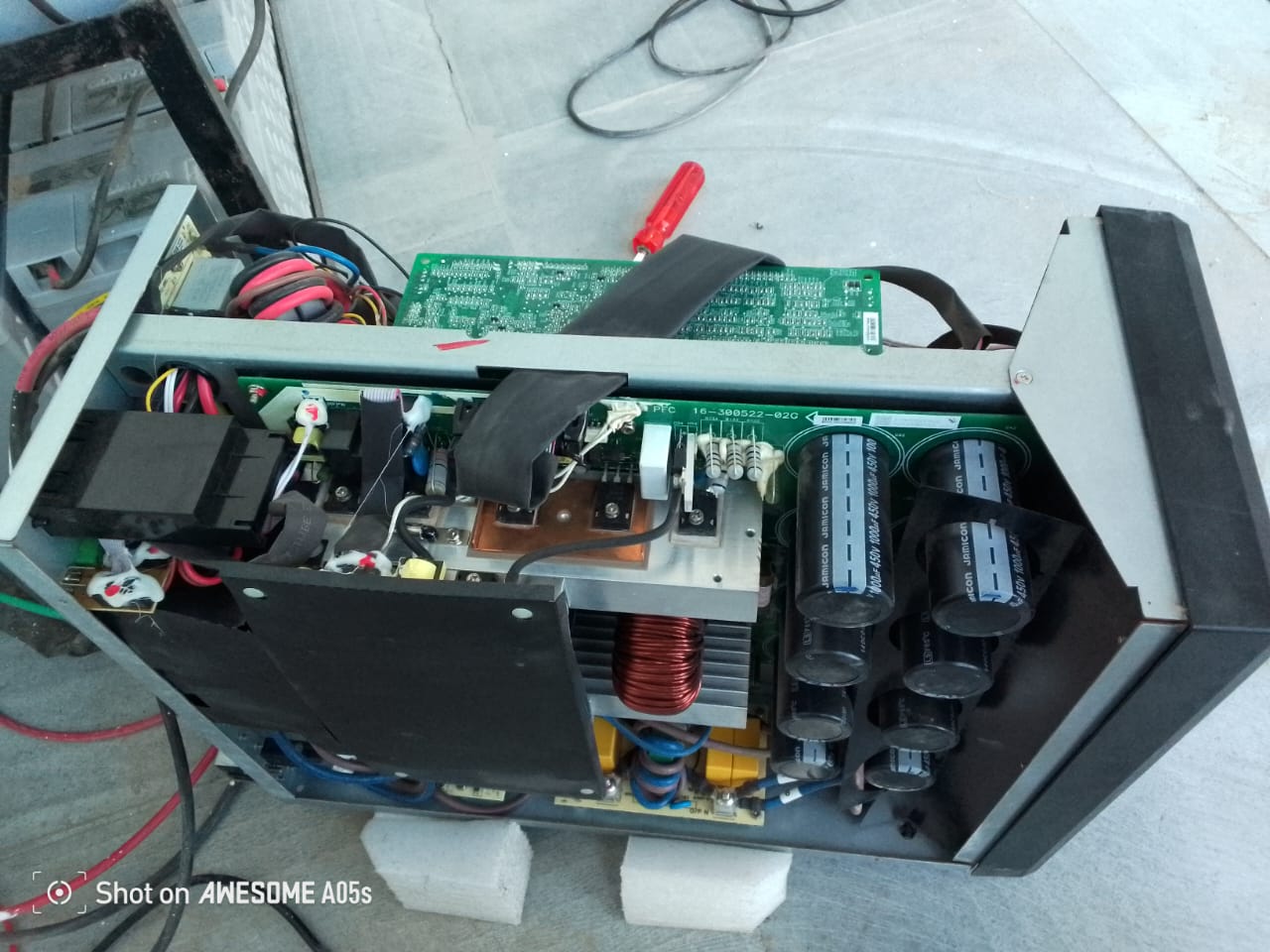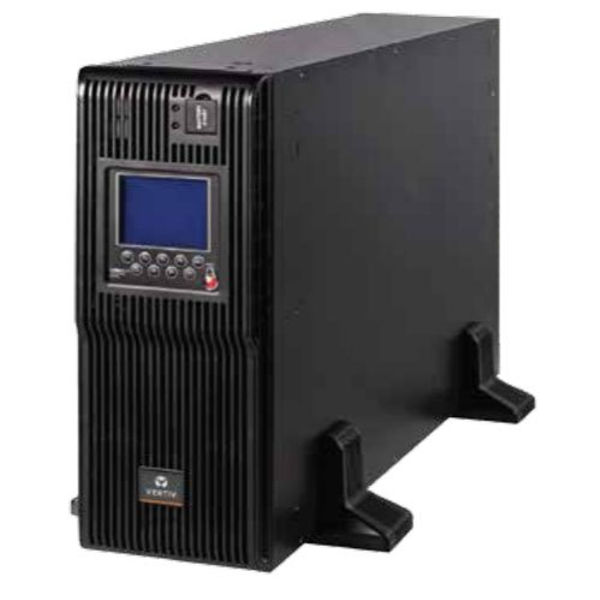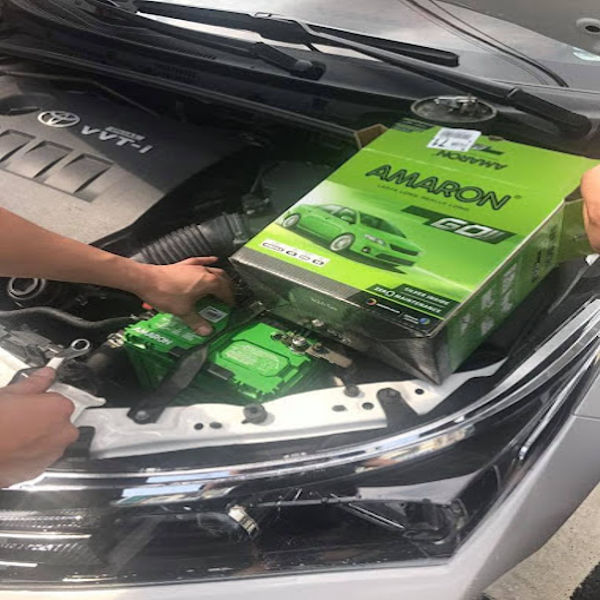Amaron GO BATTERY IN DELHI
Amaron GO Car Battery is one of the popular car batteries offered by Amaron, known for its reliable performance, durability, and long lifespan. Here’s a detailed overview of the Amaron GO car battery:
Key Features of Amaron GO Car Battery:
Technology:
Advanced Lead-Acid Technology: The Amaron GO uses lead-acid technology, which is widely used for automotive batteries due to its affordability and effectiveness.
HVR (High Vibration Resistance): Designed to withstand high vibrations typically found in modern vehicles, ensuring a longer life even in challenging conditions.
Capacity and Voltage:
The Amaron GO series offers a wide range of car battery capacities to fit different types of vehicles, typically ranging from 35Ah to 70Ah or higher, with a nominal voltage of 12V.
Enhanced Performance:
Long Life: Amaron GO batteries are designed for long-lasting performance, offering up to 48 months of warranty (depending on model and usage).
Low Maintenance: The Amaron GO is a maintenance-free battery, meaning you don’t need to top it up with water, unlike traditional flooded lead-acid batteries.
Leakproof: The battery is designed to prevent leakage, which is a common issue with old or poorly maintained batteries.
Durability:
Heat Resistance: The Amaron GO car batteries are built to handle extreme weather conditions, making them suitable for both hot and cold climates.
Vibration Resistance: With its vibration-resistant design, the battery can last longer even in vehicles that experience high levels of vibration, such as SUVs and trucks.
Quick Start Power:
The Amaron GO battery is designed to provide strong cranking power for reliable engine starts, even in cold weather conditions.
Its quick recharge capability allows your vehicle to return to full charge efficiently.
Warranty:
Warranty: Typically, the Amaron GO series comes with a 48-month warranty, including a 24-month free replacement and 24-month pro-rata. This warranty may vary depending on your region and the specific model.
Applications:
Personal Cars: Suitable for most types of personal vehicles like sedans, hatchbacks, and SUVs.
Commercial Vehicles: Can also be used for light commercial vehicles, depending on the specific capacity and requirements.
Specifications (for a typical Amaron GO battery):
Voltage: 12V
Capacity: 35Ah, 40Ah, 50Ah, 60Ah, 70Ah (depending on the vehicle model)
Cold Cranking Amps (CCA): This varies by battery model, typically ranging from 400 to 650 CCA for vehicles that require more starting power.
Warranty: 48 months (subject to terms and conditions).
Dimensions: Varies by capacity, but typically around 240mm (L) x 175mm (W) x 190mm (H).
Weight: Between 9kg and 20kg, depending on the capacity.
Advantages:
Maintenance-Free: No need to add water or perform regular maintenance.
Reliability: Known for excellent reliability, ensuring consistent performance throughout the year.
Long Life and Durability: High durability even in extreme conditions, with a long lifespan and reduced chances of failure.
Environmentally Friendly: Made using recyclable materials and follows the necessary environmental standards.
Disadvantages:
Initial Cost: Amaron batteries might have a higher upfront cost compared to some budget-friendly alternatives, but their longevity and performance can make them a good value over time.
Conclusion:
The Amaron GO Car Battery is a great choice for vehicle owners looking for a reliable, long-lasting, and maintenance-free battery. Whether you have a compact car, an SUV, or a commercial vehicle, the Amaron GO offers excellent starting power, durability, and performance. With a strong warranty and minimal maintenance requirements, it is a solid option for anyone in need of a quality automotive battery.
Send
Message








